Starting up...

This is a quick preview of the lesson. For full access, please Log In or Sign up.
For more information, please see full course syllabus of Trigonometry
For more information, please see full course syllabus of Trigonometry
Trigonometry Sine and Cosine Values of Special Angles
Lecture Description
Special triangles are 45-45-90 and 30-60-90 and their side lengths have special proportions that we learn by heart. To find the sine and cosine values of special angles (angles that have 0°, 30°, 45°, 60°, 90°), we use the unit circle which has a radius of one so it’s easy to determine these values using trigonometry. We find the sine and the cosine of all the other angles using these ones from the first quadrant. The trick is to remember which ones are positive in which quadrant. The mnemonic ASTC (All Students Take Calculus) helps us remember that.
Bookmark & Share
Embed
Share this knowledge with your friends!
Copy & Paste this embed code into your website’s HTML
Please ensure that your website editor is in text mode when you paste the code.(In Wordpress, the mode button is on the top right corner.)
×
- - Allow users to view the embedded video in full-size.
Next Lecture
Previous Lecture










































 Answer Engine
Answer Engine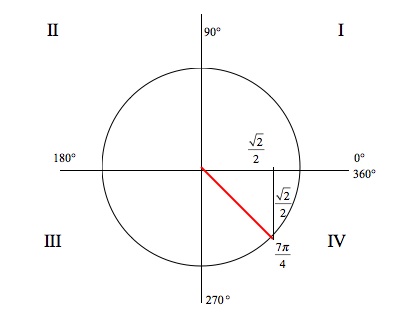
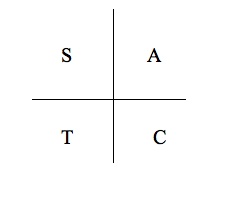
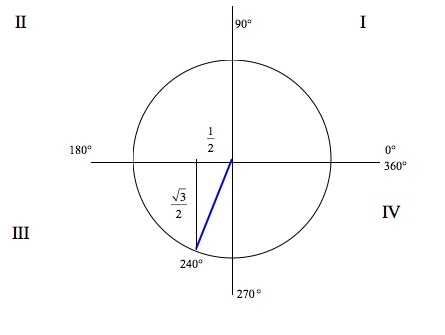
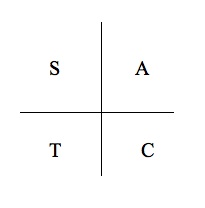
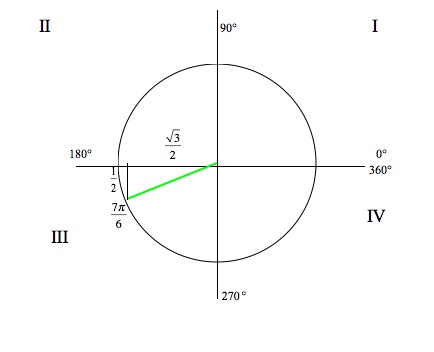
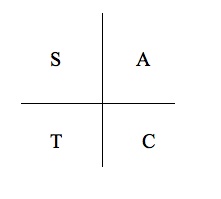
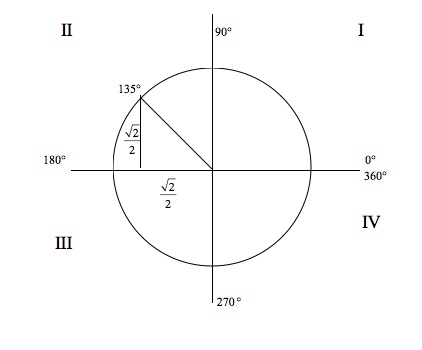
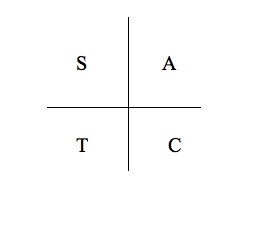
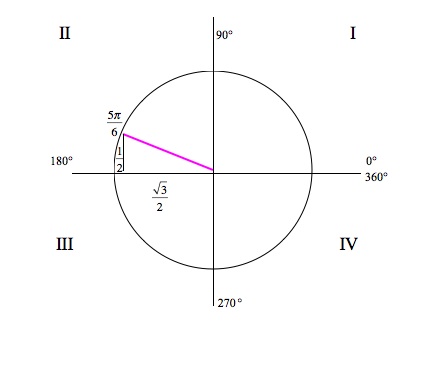
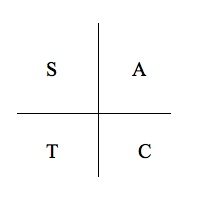
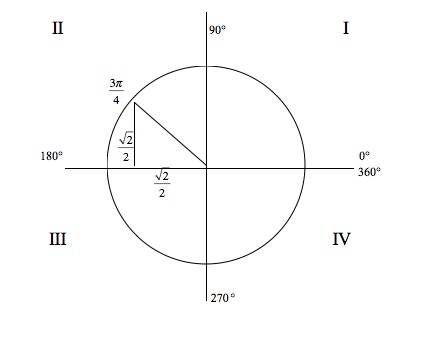
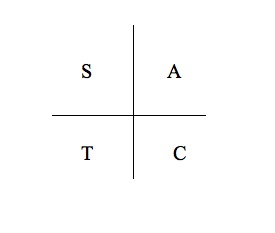
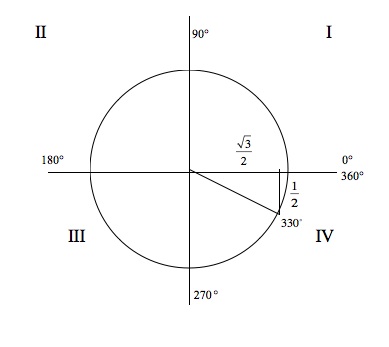

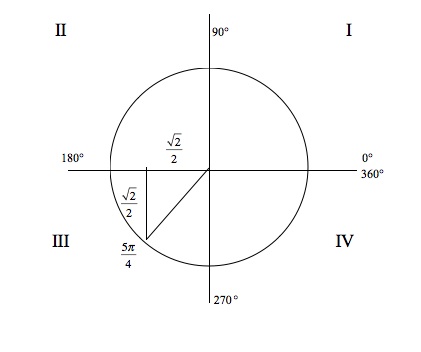
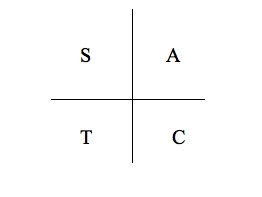
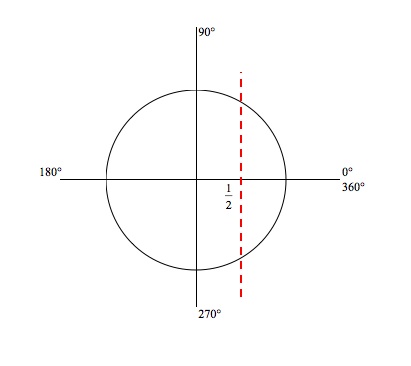
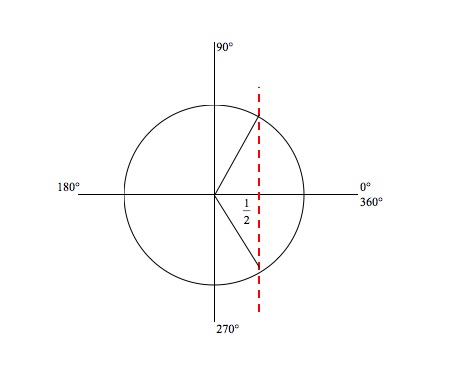
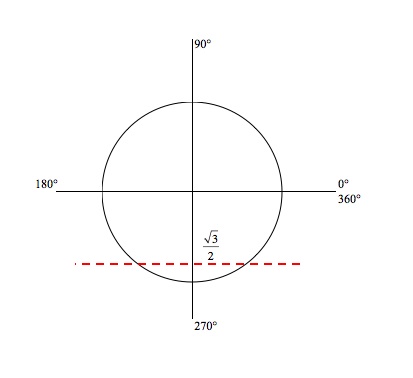
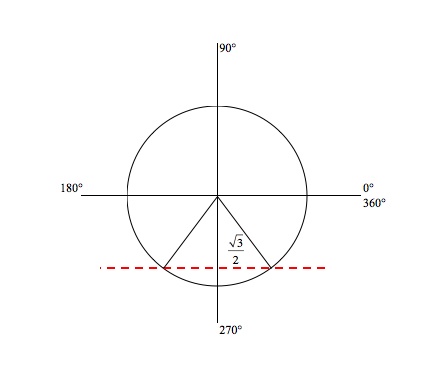
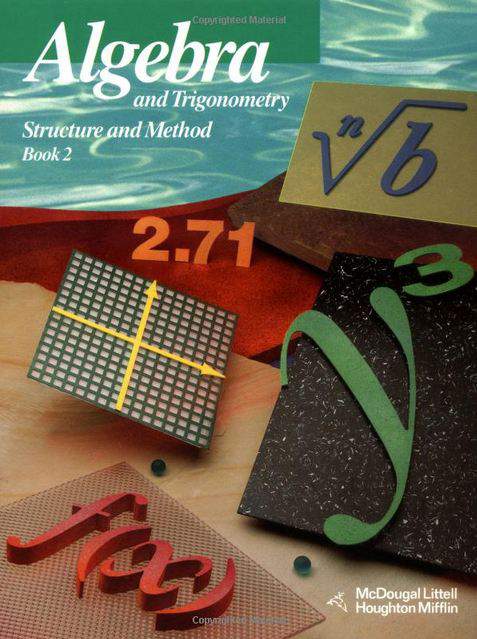



1 answer
Fri Jun 12, 2020 10:48 AM
Post by Jenny J. Hui on June 10, 2020
This is really interesting and helpful. "All Students Take Calculus"!! YAY Thank you so much for making this course. I am not very good at Trigonometry and this helps a lot and I find myself getting interested in these topics. Thank you, sir.
1 answer
Wed May 23, 2018 11:59 AM
Post by Harry Zhang on May 21, 2018
I love your lectures and find them really helpful, but when will we learn about other things, such as tangent, cotangent, secant, and cosecant? Sure, they sound like parts of a circle in a triangle, but I still really want to learn about those functions, so please tell me where I can find videos on those. Thank you very much.
1 answer
Fri Jan 8, 2016 1:23 PM
Post by sania sarwar on January 7, 2016
Hi Sir
thanks for the lectures they are really helpful but can you please suggest me on which lecture to watch for this problem because I cant get my head around it.
If sin(theta)=0.3,cos(x)=0.7 and tan (alpha)=0.4 then find sin(3pi/2+theta)
1 answer
Thu Feb 19, 2015 5:27 PM
Post by patrick guerin on February 19, 2015
Why is it that when you type in the cosine or sine of a number on a calculator, you get something like .0679 or something?
3 answers
Mon Nov 17, 2014 8:12 PM
Post by Tami Cummins on September 20, 2013
I know this is so simple but I really do not understand how 5pi/3 equals pi + 2pi/3.
1 answer
Fri Jun 21, 2013 6:22 PM
Post by A C on June 17, 2013
Please help: why, if I use a calculator to find the angle value of sin/cos/tan, does sin and tan give me the angle (neg. or pos. depending on the quadrant obviously) but cos gives me are larger angle (>90degrees), what I assume is the standard position angle?
1 answer
Wed May 22, 2013 3:25 PM
Post by Monis Mirza on May 17, 2013
hi,
In the extra example I, how did you know that the special triangle is
45-45-90 triangle?
Thanks
1 answer
Thu Nov 15, 2012 6:21 PM
Post by peter chrysanthopoulos on November 14, 2012
nevermind I got it
1 answer
Thu Nov 15, 2012 6:20 PM
Post by peter chrysanthopoulos on November 14, 2012
how did you know that it was a 30/60/90 triangle in example 1?
1 answer
Thu Apr 18, 2013 11:34 AM
Post by Dr. William Murray on October 17, 2012
Hi Chin,
It depends on which direction you're going. If it's radians to degrees, multiply by 180/pi. If it's degrees to radians, multiply by pi/180.
This makes sense if you follow the rules that you learn in physics and chemistry about units: 180 degrees = pi radians, so (180 degrees)/(pi radians) = 1. Then when you want to convert in either direction, you multiply by 1:
(3 pi/4 radians) x (180 degrees)/(pi radians) = 135 degrees.
90 degrees x (pi radians)/(180 degrees) = pi/2 radians.
Hope this helps. Thanks for studying trigonometry!
Will Murray
1 answer
Thu Apr 18, 2013 11:35 AM
Post by chin chang on October 15, 2012
On the example problems you converted the degrees or radians into one or the other by multiplying pi/180 or 180/pi. How do you know what to multiply for each situation? Does it make sense? For instance on the second example problem, how did you to multiply 5pi/3 radians by 180/pi?
3 answers
Fri Sep 28, 2012 4:54 PM
Post by Ivon Nieto Ivon Nieto on September 25, 2012
Is there an easier way to memorize the unit circle sine/cosine?